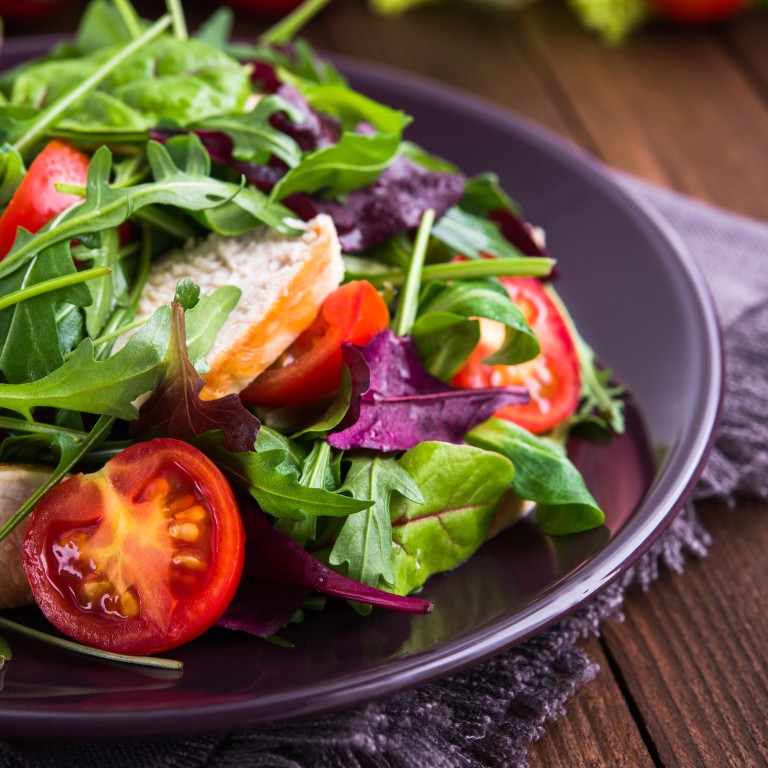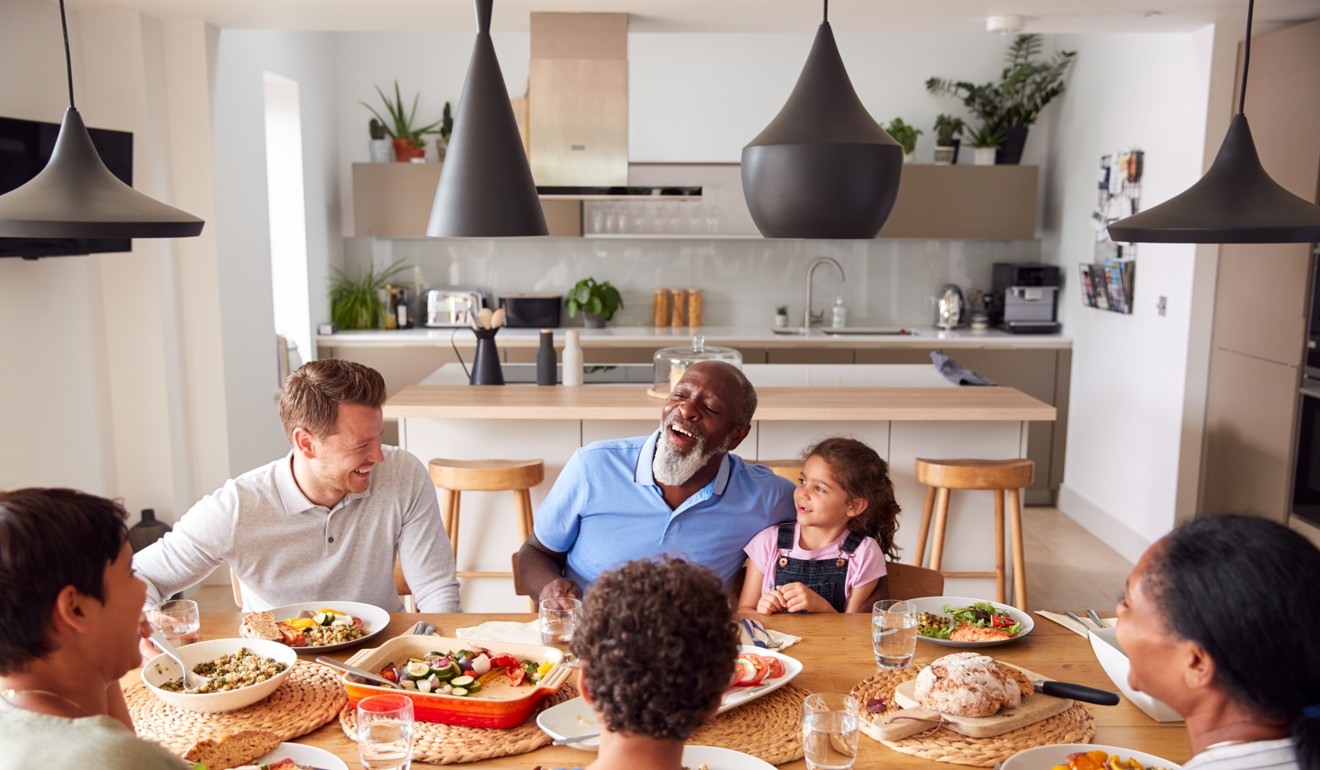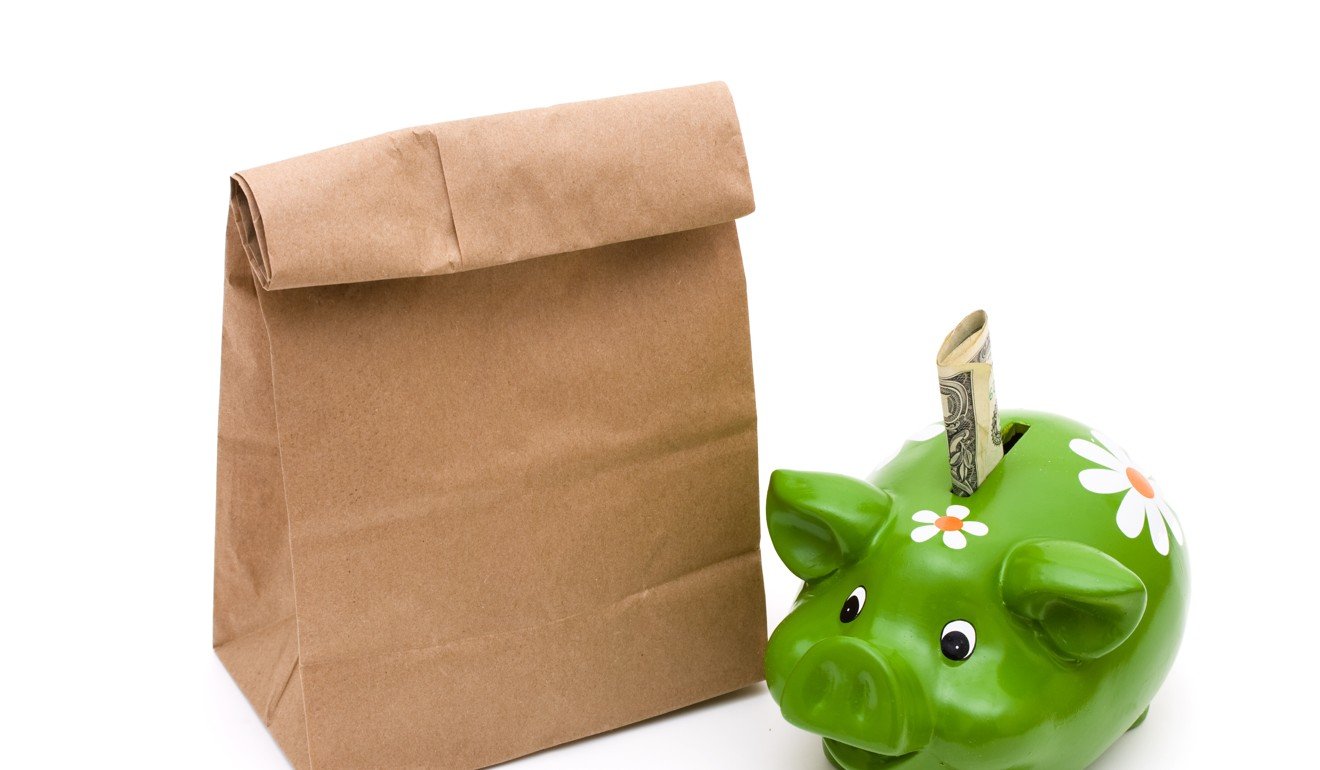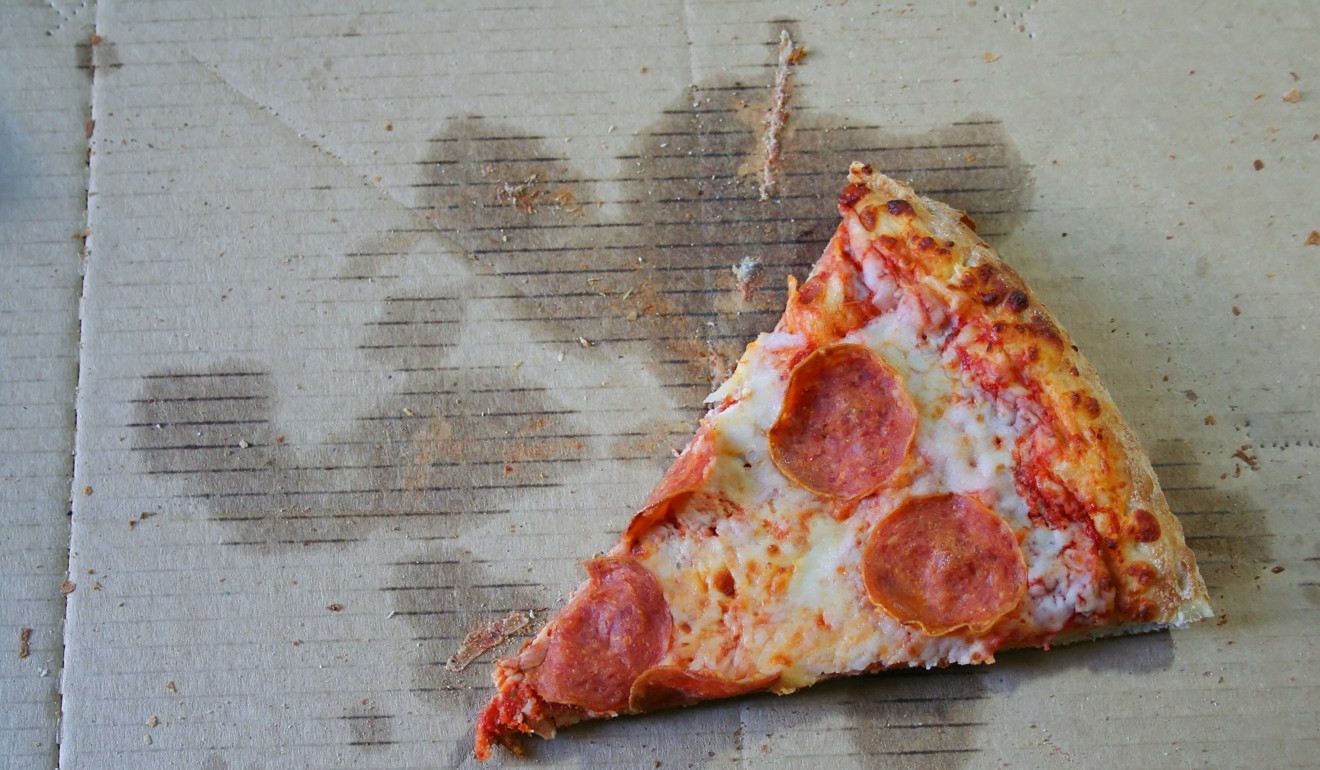
5 New Year's food resolutions that have nothing to do with dieting
In 2020, we all vow to do better. Here's some inspiration as to how to tackle your approach to better eating in the year ahead
Welcome to 2019. If you’re still searching for an inspirational New Year’s resolution, you’re not alone. We’ll say, to be fair, that as we are between the standard New Year and the lunar New Year, you still have some time to think up something amazing.
But if you need a little inspiration, staff at The Washington Post put their spin on food resolutions which are incredibly thoughtful and encourage mindfulness.
Find togetherness at the table
For most of human history, eating alone was not an option. We hunted and gathered and ate in packs to protect ourselves.
Now we do the opposite.
The number of meals eaten alone is increasing; the current average is seven to eight per week (way more for me). I love being alone, so I am not here to pathologise it. But often I choose to eat alone just because it is too complicated (logistically and emotionally) to eat with others.
So for the entire month of January, I will eat only when sitting down, at a table, with a human. I am not restricting food in any way; I am expanding the opportunity for food to be what it has been for thousands of years – a connector of people.

I consulted with Martha Beck (Oprah Winfrey’s life coach, NBD) before embarking upon my resolution, and she said it’s not about trusting others, it’s about trusting yourself. “You will never be as hurt by being open as you are by being closed,” she has written.
In 2020, weight-loss resolutions feel psychically wrong, when we know so much about why food restriction doesn’t work long-term. Also, because Lizzo. I don’t know if eating with people will strengthen my human connections or cause me to run screaming. It’s scary because it will open me up to being close to and judged by people, and people are flawed (me most of all).
It’s acknowledging that no matter how we are divided, we have a same essential humanness. But I know that I want to live my priorities more, and this is a start.
Mary Beth Albright
Make a better breakfast
The conventional wisdom that “breakfast is the most important meal of the day” is, like about every other piece of nutritional advice, constantly up for debate. I know this much is true: it is important to me.
When I wake up, I’m hungry. I’m also often some combination of tired, rushed and harried by a very active toddler. But skipping breakfast is not an option if I don’t want to feel cranky, even lightheaded.
The thing is, I love breakfast. I’m the kind of person whose self-care routine is largely limited to a hot shower at the end of the day (bliss, even with the baby monitor in the bathroom!), so a filling, interesting, delicious morning meal feels like a downright luxury. There’s a reason I adore bed-and-breakfasts, and it’s not the bed part.
Try this recipe for some ultimate feel-good food
I’ve come to appreciate this morning ritual, especially if it means I don’t get hungry the minute I arrive at the office. This year I’m resolving to make a commitment to better breakfasts: filling, varied, delicious and largely made-ahead, with minimal daily prep. (I did mention that toddler, right?)
For so long at home, I fell into the cereal rut. Then there was the oatmeal rut. The occasional leftover from-scratch baked good – scones and muffins primarily – livened things up. As you can guess, these options leaned sweet, and the older, slightly more mature I get, the more I’ve come to appreciate a savoury start to the day. I’ve tried savoury oats with fried eggs, chilaquiles (tortillas that have been simmered in a sauce, usually from leftovers) with scrambled eggs, biscuits with fried eggs and British beans on toast – with poached eggs. In other words, I may now be in an egg rut.
The incredible, edible staple will always be a go-to. Still, I’d like to push the boundaries and try to incorporate more global approaches.
Becky Krystal
Brown-bag it
Every year about this time, I contemplate how much money I’ve spent buying lunches during the workweek and how much I could save if I started bringing food from home more often. But I’ve never made the leap from thought to resolution. My justification for leaving the office to pick up lunch nearly every day is as much about the errand as it is the meal: between deadlines and meetings, I need a reason to force myself to stand up, pry my eyes from the computer screen and take a walk outside. Lunch is that reason.
Whether I’m going across the street to a food truck or making the 2.5km round trip trek for a cup of avgolemono (the famous Greek chicken and lemon soup) on a chilly day, I’ve accepted the expense. But recently, I calculated it: over the past six months, I’ve spent, on average, US$45 per week on lunches.
I want to do better, and not just to save a little money. Because I’m waiting for a break in the action to grab lunch, I may eat any time between 11.30am and 4pm – and that can throw off my whole day.

So here’s my goal for the next month:
Bring a home-made lunch three days each week. That seems both ambitious and attainable (provided I can avoid wolfing down whatever I bring before 11 am, and then hunting for snacks all afternoon). For me, the keys will be logistical:
- Shop for several meals each grocery store trip.
- Double recipes I would otherwise make for one or two dinners – especially on Sundays.
- Prep and pack the night before.
- Use a bigger backpack for my bicycle commute.
- Store a few healthful snacks in the office fridge.
And those walks out of the office? I’ll use them for an errand or a quick meeting, or just to do a few laps around the park in front of our office while waving to all my colleagues standing in line at the food trucks.
Matt Brooks
Take a break from meat
I am not a vegetarian. Never have been. And probably never will be.
But for the past several years, I have thought long and hard about every bite of meat. Because there’s a lot to think about.
I consider my place in the food chain, but also the sacrifice and mortality of the animal I’m eating. And the inherent waste involved. I think about the impact on the planet of raising that animal. My doctor regularly reminds me of the effects of animal protein on my general health.
So there are moral metrics to be worked out every time we pick up a fork. And more and more, meat doesn’t meet the threshold for me.
About three years ago, I started doing Meatless Monday, and it had almost nothing to do with cutting my intake of animal protein. It was more an exercise in mindfulness. Getting through that day’s three meals without meat, poultry or fish isn’t even a challenge anymore; I would guess that I’m not eating any sort of meat at about half my meals. But Monday, for me, is a day to do it purposefully, as a way of contemplating it.
My first year, I succeeded on about 60 per cent of Mondays. I did better the second year, and in 2019, I can remember eating meat on a Monday only three times. Twice, I had dinner with food-writing collaborators where the menu included meat and I wanted to participate. The third was when I made bacon for breakfast on Labour Day and ate it before realising that it wasn’t Sunday anymore.
So, here are 7 tips to help put your diet on a plant-based path
I’ve never had a taste for beef, and seafood is an infrequent indulgence. Pork and poultry are staples, but my go-to, pulled pork, has been letting me down lately. My digestive system just doesn’t handle it the way it used to.
It’s time to amend my strategy. But what does that look like? I could up the ante by going vegan, but I’ve tried that before and found that if I’m giving up meat, I need eggs and cheese to avoid getting really cranky. Or I could flip the script on Meatless Monday and pick one day of the week where I allow myself to eat animal protein. Or limit it to special occasions, or work-related ones. Or some combination.
I’ll reconsider all that in February. For now, while I maintain that I’m not interested in committing to a vegetarian lifestyle, I can do it for January. And we’ll see what happens after that.
Jim Webster
Ease up on ordering in
Too often, a delivery meal leaves us feeling empty. We’re not hungry: whatever came out of those foam tubs has probably done its most basic job of filling our stomachs. But our bank account is certainly lighter. By the time you factor in taxes, fees and tip, ordering in is no bargain.
More than anything, we’re usually just plain unsatisfied. Takeout might be convenient, thanks to myriad delivery apps at our fingertips serving up hundreds of options. But the fact is, most of it just isn’t that good. (Oh, and about those options: do you ever just swipe and swipe until your eyes glaze over, like when you spend a half an hour paging through Netflix for just the right thing before just giving up?)
Delivery pizza options are mediocre, but sometimes we still feel like a pie, so we settle for an extra-large pepperoni meh. And so many of the services don’t prioritise keeping your food hot and fresh, which means we’re frequently digging into lukewarm dinner. Not too appetising, right?

The problem arises when plans change: friends cancel a dinner date, say, or we work too late to get the roast chicken in the oven in time to eat before 10pm. Maybe we’re too tired to make it to the store. Or we might be scheduled to eat leftovers, but when we’re finally opening the door to the fridge, the thought of eating the same chili we had for lunch two days in a row seems tedious and sad.
The new year is the perfect time for a reset. My strategy? Always have a Plan B. I’ll stock a handful of pantry-and-freezer dinners that I can turn to when our week goes sideways. (Oh, and the first step: I’m deleting those delivery apps from my phone.) The key is that the menus need to feel intentional and not scrounged. They also can’t all be pasta, which is my crutch. I’m aiming for a few that satisfy our cravings for something out-of-routine unusual.
Actually, the first first step was enlisting my husband’s support. He’s game, and into drawing up some clutch menus. So here we are: Team No-Takeout, reporting for duty in 2020.
Emily Heil
This article was curated by Young Post. Better Life is the ultimate resource for enhancing your personal and professional life.

